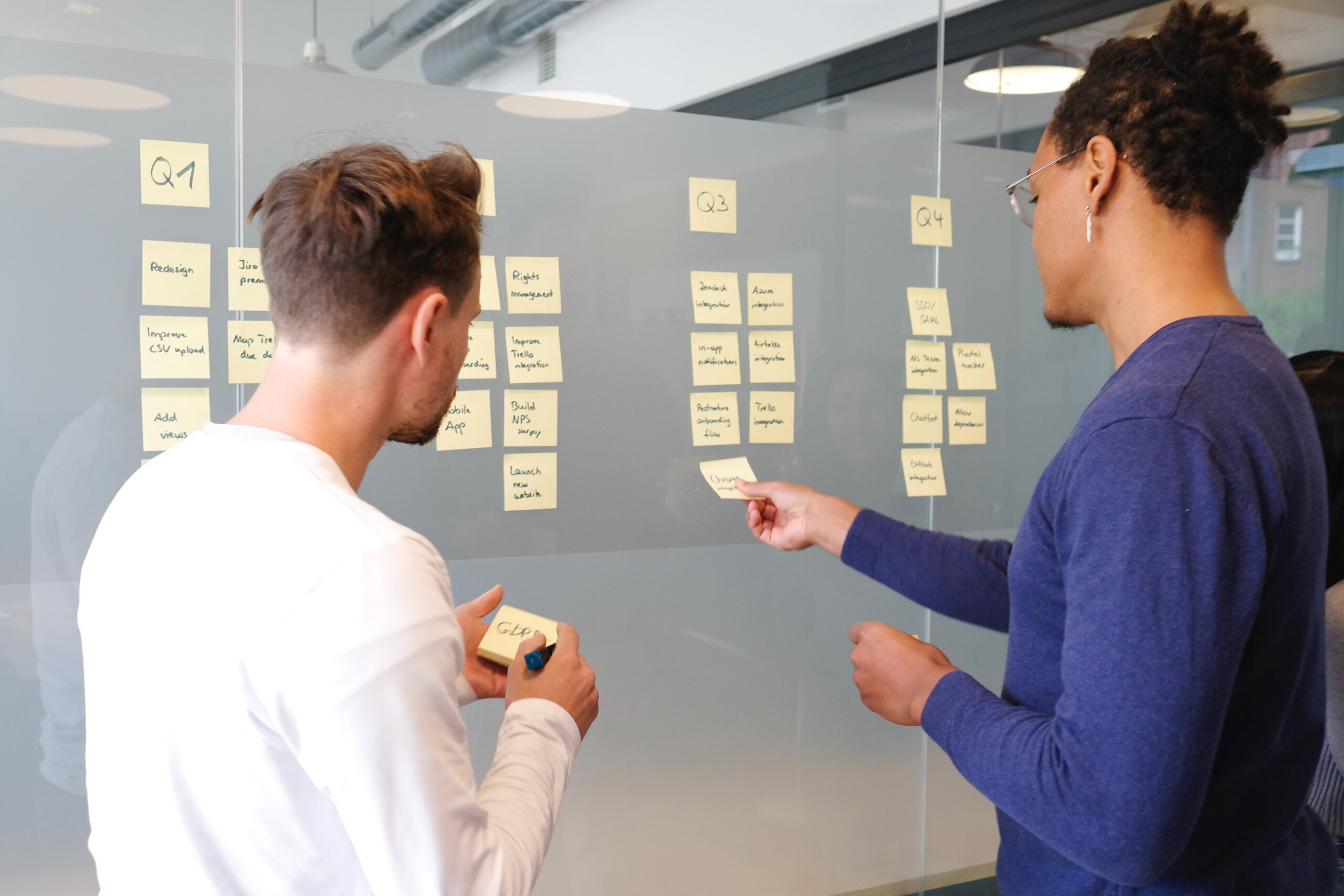Managing Resistance When Switching to Agile
In the world of project management, the iron triangle of scope, cost and time is always in flux. A Waterfall approach indicates that project management should be sequential and divided into distinct phases, which is quite useful when you have a defined step-by-step approach to reaching a goal.
However, when there are complex environments with changing situations and it is not clear how to achieve those objectives, the Agile philosophy can help to discover that path.
The challenges we face when implementing Agile
Although Agile is now widely accepted in many companies, once consultants start implementing agile frameworks such as Kanban, Scrum or SAFe, they often face the additional challenge of resistance to change towards this new way of working.
It is therefore important to learn how to manage this resistance to change that may arise in your team and to put in place actions that focus on people and their willingness to embrace change, which will involve a personal transformation. This transformation not only opens the door to innovative ideas and new methodologies, but also fosters a constant flow of information and knowledge.
Some of the main barriers that agilists often face in implementing change are:
Communicating in a virtual world
Advances in technology and the diversity of customer locations have increased the need for virtual meetings. This need has become even more pronounced with the advent of teleworking. Then, getting people to work face-to-face to make communication through a screen more effective became more difficult.
Low perception of change value
At the beginning of the process, some individuals may feel overwhelmed by the new routine of Agile meetings without fully grasping the value they bring. This can lead them to perceive these meetings as an obligation rather than appreciating the information or support they can provide.
Negative connotations in discussions
Collaboration naturally leads to disagreements and requires improvement discussions for optimal solutions. However, passivity to avoid conflict and a focus on winning rather than learning commonly obstruct this process.
The limit of responsibilities
When we talk about agility, it is understood that we work collaboratively and, in this sense, it seems everyone is rowing towards the same common goal. The reality is quite the opposite. On many occasions, people disagree about who is responsible for what without worrying about how incomplete work will actually get done.
Is your organization ready for Agile? Find out here.
How to face these challenges
The implementation of the Agile philosophy is an adaptive process that will help you face changes in a flexible way. In addition, it will enhance teamwork, communication, and continuous learning.
1. Focus
2. Define
3. Ensure
4. Roadmap
5. Create
6. Give visibility
1. Focus on why you want to adopt Agile
This first step is crucial because it lays the groundwork for the transition to Agile in your organization. Clarifying objectives and benefits motivates individuals by providing a clear purpose, raises awareness about the need for change, and facilitates cultural adoption by setting expectations and values. This approach, in turn, engages stakeholders from the outset, allowing them to understand the reasons for the change and fostering support and collaboration throughout the implementation.
2. Define a common goal
Initiate the process by establishing a common goal that reflects the identity and value proposition of the company. Understanding the essence of the organization, its corporate culture, and key differentiators compared to the competition is essential to align all team members toward a shared purpose.
3. Ensure support from key change agents
Identify and secure the endorsement of sponsors and influential individuals within the organization. Having the support of these key figures will be crucial to overcome resistance and generate the necessary momentum for a successful change.
4. Have a clear roadmap
Create a clear roadmap outlining the phases of the change process. Identify and prioritize actions to be taken, as well as the resources and time required for each stage. This plan will provide a step-by-step guide, aiding in the efficient management of the transition and keeping all involved parties informed and focused on the established objectives.
5. Create a Launch Plan
Subsequently, the launch plan takes shape, thus signaling the commencement of the implementation phase in the transition from Waterfall to Agile. This methodical approach not only ensures a clear path forward but also provides a structured framework for communicating what changes to expect and when.
6. Give your team visibility on the process and make them feel included
Provide your team with transparency into the process, fostering a sense of inclusion. Establish feedback loops to empower employees with ways to escalate issues or concerns, ensuring that their perspectives are valued and addressed. Continuous monitoring of the change allows for timely adjustments and ensures that the transition stays on course. Regular communication on progress and successes not only keeps the team informed but also fosters a positive atmosphere and reinforces the collective commitment to the change journey.
Conclusion
Embracing the transition from Waterfall to Agile represents a valuable growth opportunity for any team. As we move towards an Agile approach, let’s remember that each small daily step contributes significantly to the ultimate success. Patience and understanding are powerful allies on this journey, allowing us to build a more resilient and adaptable team. Let’s maintain a long-term vision, recognizing that the benefits of this transition will unfold over time, transforming not only our processes but also our organizational culture.
In the case study Transition from Waterfall to Agile, we can see how Agile practices enabled a client to address their inefficiencies from using the Waterfall methodology in changing environments. It was shown that implementing Agile was more efficient in completing project tasks and tracking work, which ultimately helped them complete key deliverables.
MIGSO-PCUBED, a leading global consultancy specializing in project management, offers a portfolio of services for the implementation of agile and traditional frameworks.
This article was written by the Agile Community of Practice of Spain.
More on the same subject
Loved what you just read?
Let's stay in touch.
No spam, only great things to read in our newsletter.



